What Swann is Reading Right Now
Since Swann was founded as an auction housing specializing in rare and antiquarian books, it should come as no surprise that we love to read. So in addition to spending normal commuting hours streaming favorite movies and TV shows, our specialists and staff have been filling their downtime with a few good books. Take a look at some of their top recommendations!
And, please remember that booksellers need our support more than ever. Consider ordering your copy from a local indie, and read this article from LitHub on how you can support bookstores during this time.
Fiction
Emma by Jane Austen
Florence Poynor, Administrator – Photographs & Photobooks
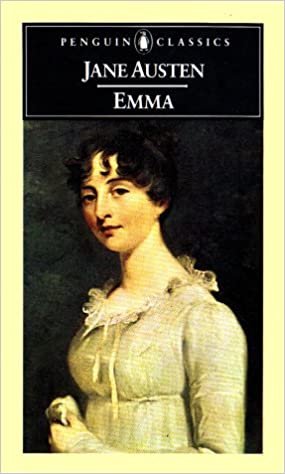
I am currently reading Emma by Jane Austen for some lighthearted, mischievous content. (Swann recently sold a first edition of Emma in the original period binding.) I’m also anticipating the most recent film adaption of the novel to hit streaming platforms.
Reading makes me hungry so I keep the cookbook Frank Stitt’s Bottega Favorita: A Southern Chef’s Love Affair with Italian Food close by for some meals that remind me of home.
Forced Out by Stephen Frey
David Rivera, Administrator, Books & Manuscripts
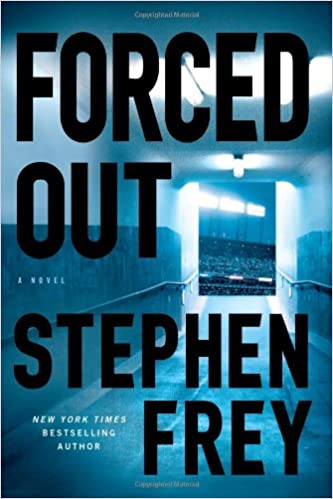
I think this is a great read because I enjoy watching baseball and reading crime/mystery novels. Forced Out is one of the first novels I’ve come across that involves baseball and crime/mystery. I definitely recommend if you’re a fan of both.
The Innocence of Objects by Orhan Pamuk
Daile Kaplan, Director – Photographs & Photobooks
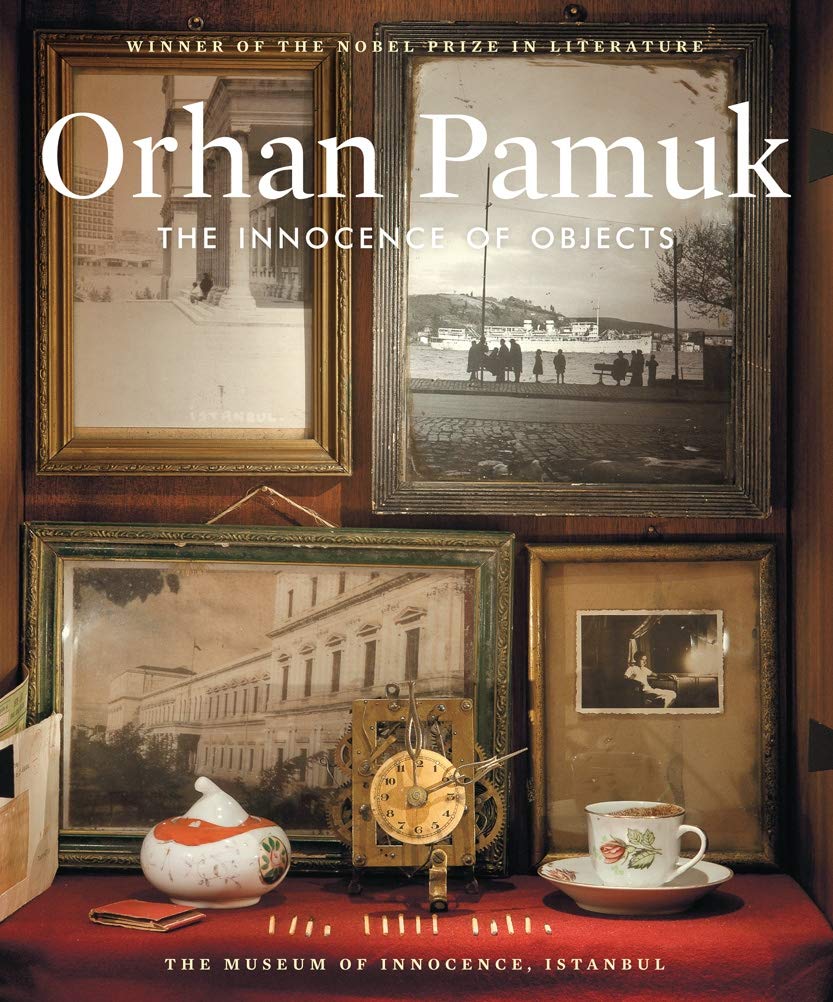
I repeatedly turn to the pages of Orhan Pamuk’s The Innocence of Objects, a visually stunning, profusely illustrated catalog of his unique private museum, in Istanbul. The companion title to his novel of lost love, The Museum of Innocence, the book highlights objects of the protagonist’s obsession, bringing them to life in highly detailed and beautifully arranged installation views. Multimedia vitrines combine ephemera, everyday objects, detritus, photographs, art and writing. The result is a truly original work by this Nobel Prize–winning novelist that reveals what it means to be a collector and seer.
The Princess Bride by William Goldman
Alexandra Nelson, Communications Director
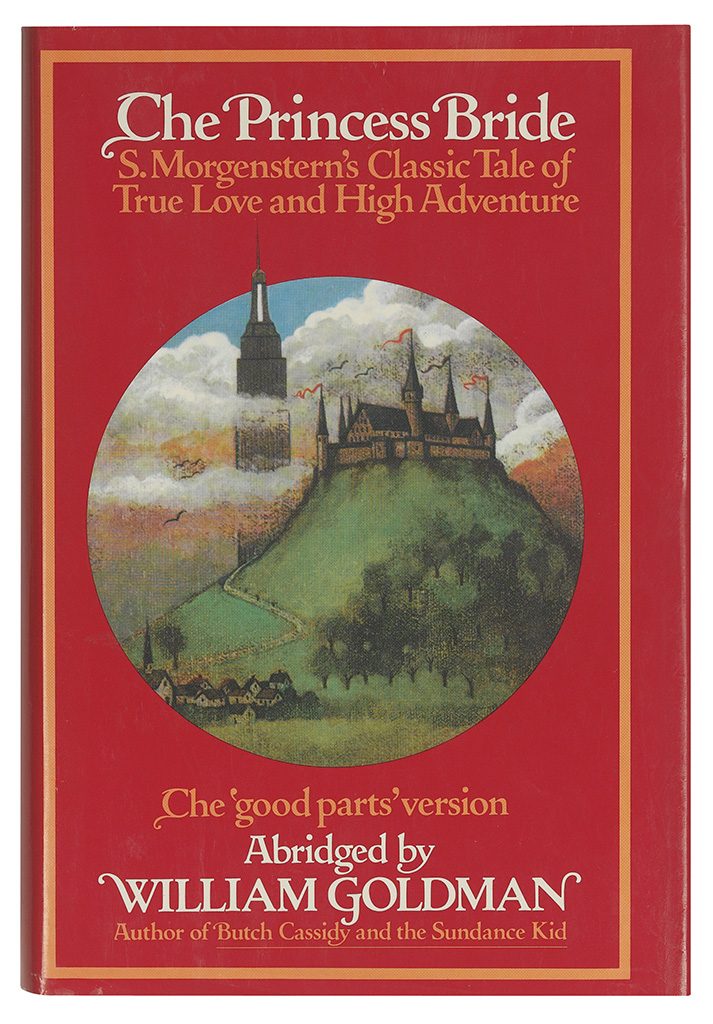
A reading recommendation? As you wish. My suggestion is the book equivalent of comfort food. You know how everyone’s been cooking familiar, cozy things lately, and focusing on the things at home that they love best? Well, get back to basics with your reading list and crack open that battered, well-loved copy of The Princess Bride. There is no shame in a reread, and you’re overdue for one anyway. Think of it as self-care. The book always promises adventure, laughter, a few tears, and the tremendous cleverness of William Goldman within the deceptively simple story of a princess and her one true love.
Oh, you haven’t read it yet? Put down whatever you’re working on and order a copy from your local bookstore immediately. If you’ve neither read the book nor seen the movie, you’re really in luck, and I am completely envious of what’s in store for you. And we’ve sold it! Alas, I’ve just realized my brother borrowed my copy and never returned it.
Nine Perfect Strangers by Liane Moriarty
Diana Gibaldi, Human Resources
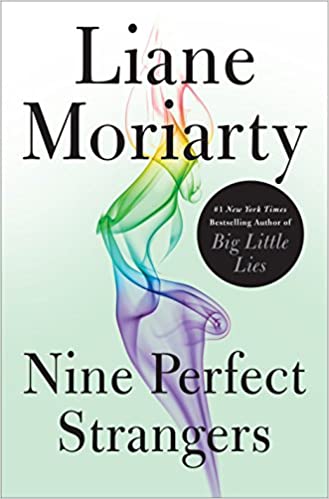
I am in an intergenerational book club that started about six years ago when the host of the group retired. We have members in their twenties, thirties, forties, sixties and one person in his seventies. The books we choose are selected on a rotation among us which is a fun way to ensure we have variety in what we read. This month we are reading Nine Perfect Strangers by Liane Moriarty, who also wrote Big Little Lies, which our group read last year. I typically bring book club questions to each meeting and we take our discussions very seriously. We often end up debating life’s big questions relating to ethics, love, good vs evil, and the ways humans make choices when faced with adversity. This month we will meet via video since we are all home.
Series and Trilogies
Charles Finch’s Charles Lenox Mystery Series
Jessica Hunter, Cataloguer – Photographs & Photobooks
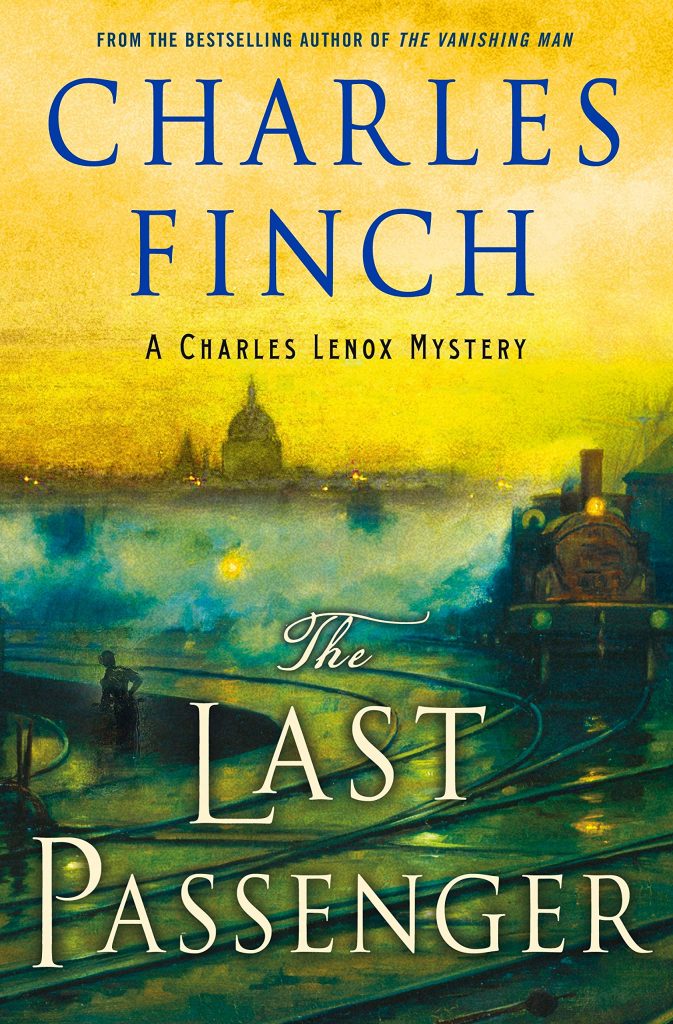
I’m a huge mystery lover, and I’m currently reading The Last Passenger, the newest installment in the Charles Lenox Mystery series by Charles Finch. I have enjoyed all the books in the series, which follow the amateur sleuthing of Victorian aristocrat Charles Lenox. I love these books for their strong and lovable characters, and for Finch’s ability to bring Victorian England to life with fascinating details about the time.
Hilary Mantel’s Trilogy of Historical Novels
Jessica Jackson, Accounting
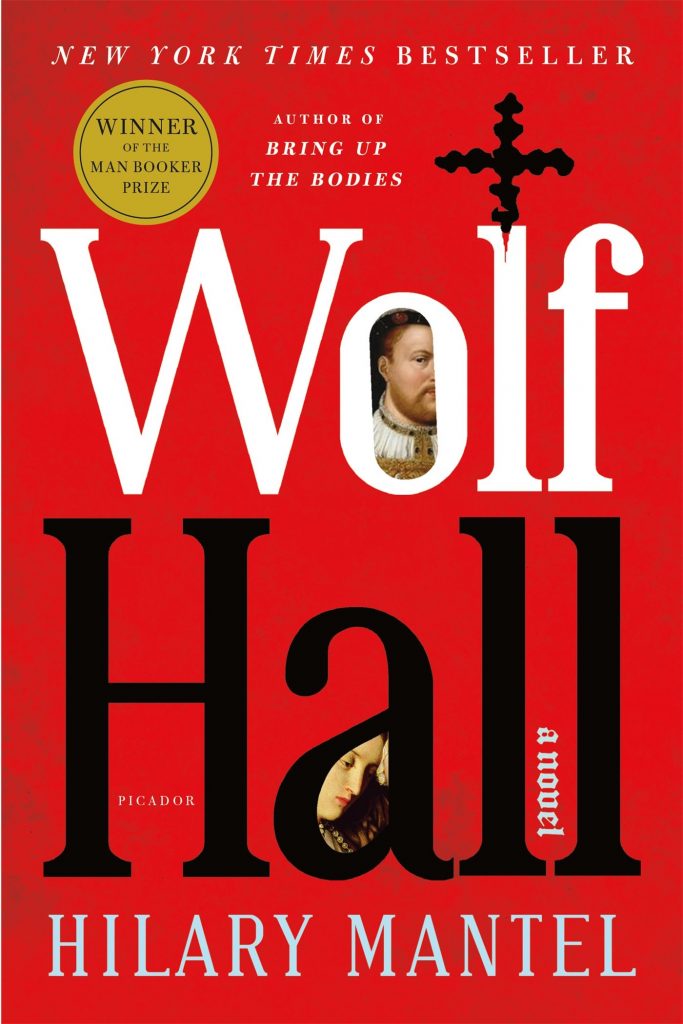
I am currently reading the trilogy of historical novels by Hilary Mantel: Wolf Hall (2009), Bring Up the Bodies (2012), and The Mirror and the Light (2020). The trilogy focuses on the life and achievements of Thomas Cromwell, dutiful servant of the Tudor king Henry VIII, who seeks to divorce is wife Katherine and marry his mistress Anne Boleyn. Mantel’s detailed and descriptive prose is sumptuous in its ability to bring Tudor-era England to life, and while there is a (trigger warning) plague that rocks the lives of Cromwell and all of the country, there is something oddly comforting about watching an immensely competent man achieve what he sets out to do when our current situation would much benefit from someone so endowed.
MaddAdam Trilogy by Margaret Atwood
Wren Krisztin, Digital Media Manager
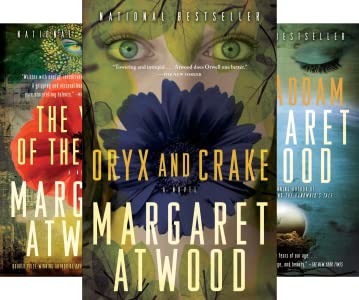
Three lyrical works of speculative fiction, the MaddAdam trilogy imagines a mid-twenty-first-century apocalypse scenario, and for fans of The Handmaid’s Tale, the MaddAdam trilogy is comparatively comedic, with no shortage of wry humor. The first book, Oryx and Crake, is told from the perspective of a mythical god named Snowman, who you soon learn used to be a self-deprecating advertising professional named Jimmy. Post- global pandemic, Jimmy lives on beer and canned food in a tree, and finds himself tasked with telling absurd creation myths to his neighbors, a polyandrous humanoid species called “Crakers”—the result of extensive genetic engineering at the hands of a company he used to work for. The following books, The Year of the Flood and MaddAdam, pivot to involve a host of pacifistic, pseudo-religious vegans from a cult called God’s Gardeners, seedy underground video-gamers, leading the reader to the point in which their plotlines intersect with Jimmy’s.
Non-Fiction
Art of Tomorrow by Hilla Rebay and Solomon R. Guggenheim
Harold Porcher, Director – Modern & Post-War Art
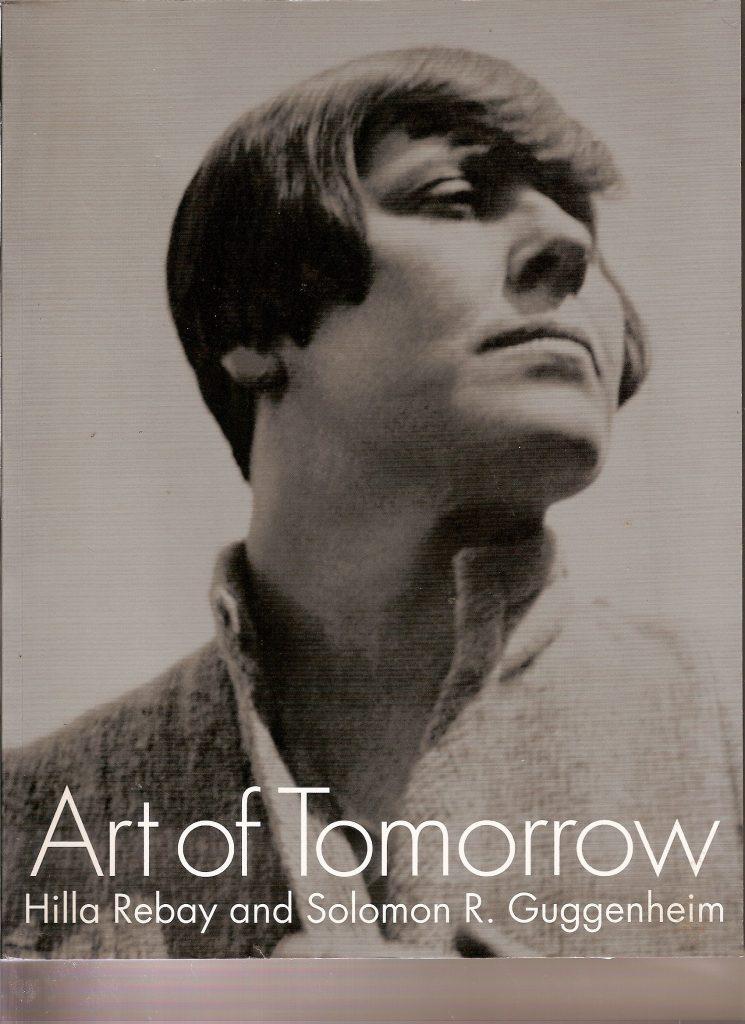
I’m reading Art of Tomorrow along with The Non-Objective World and Hilla Rebay in Search of the Spirit in Art for research on an ongoing book project.
Boomtown by Sam Anderson
Nigel Freeman, Director – African-American Fine Art
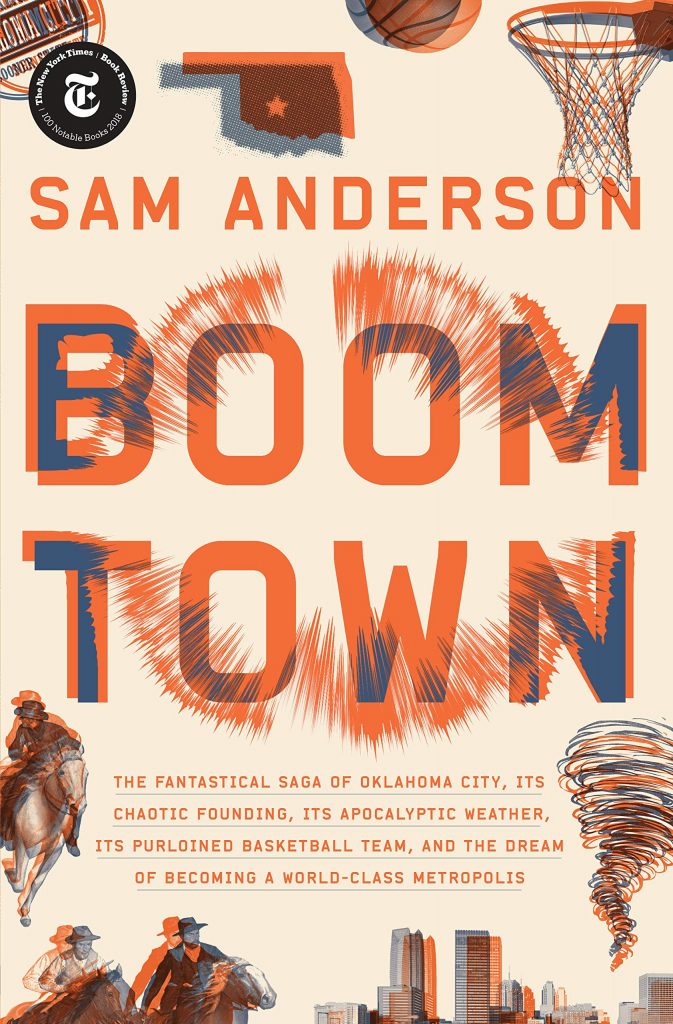
Sam Anderson turns seemingly unglamorous Oklahoma City into a fascinating subject. This fast-paced nonfiction book is a fun read and a nice distraction. It is also a perfect blend of what seems like very unrelated topics: Americana, NBA basketball fandom and urban planning.
Crying the News: A History of America’s Newsboys by Vincent Di Girolamo
Rick Stattler, Director – Books & Manuscripts
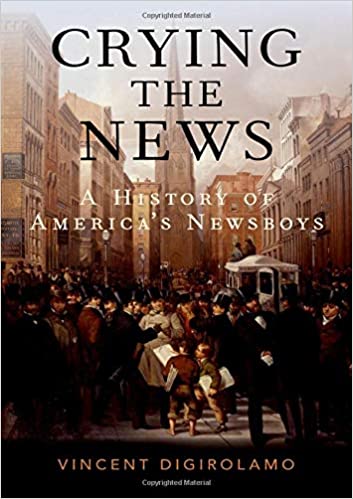
I’m reading Crying the News: A History of America’s Newsboys, by Vincent DiGirolamo (Oxford University Press, 2019). He teaches history at Baruch College just a block from Swann, and has brought his class for a tour of Swann’s exhibitions. Most of us think we know a little about newsboys, but this paints the whole picture: their social background and networks, working conditions, efforts to organize, importance to the publishing industry, and their mythic place in the American consciousness. I’m finding interesting nuggets on every page. We have a rare Emory Douglas poster of a gun-toting Black Panther newsboy in our upcoming African Americana sale (lot 132) which I hoped to share with the author—but there it is, on page 561!
A collection of short essays from Audre Lorde
Corey Serrant, Administrator – African-American Fine Art
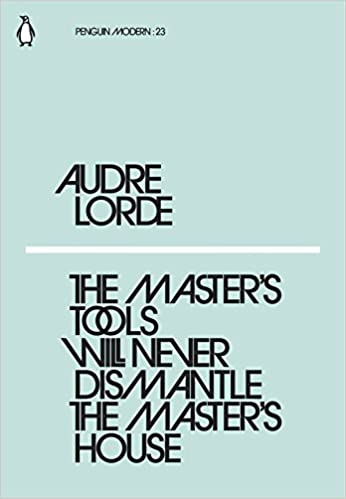
I recently read a collection of short essays from American writer Audre Lorde. Included in the selection is her essay The Master’s Tools Will Never Dismantle The Master’s House. It was originally delivered at a 1965 conference at the New York University Institute for the Humanities. The Master’s Tools is Audre Lorde’s call to arms for a recontextualization of the feminist movement that blindly disregarded women of color, queer, and the developing world. The essay was an early precursor to the formation of intersectional feminism. In the text, she calls for the positive interdependency of all women and a realignment of power to make a significant transformation in society.
Just Kids by Patti Smith
Shannon Licitra – Shipping Coordinator
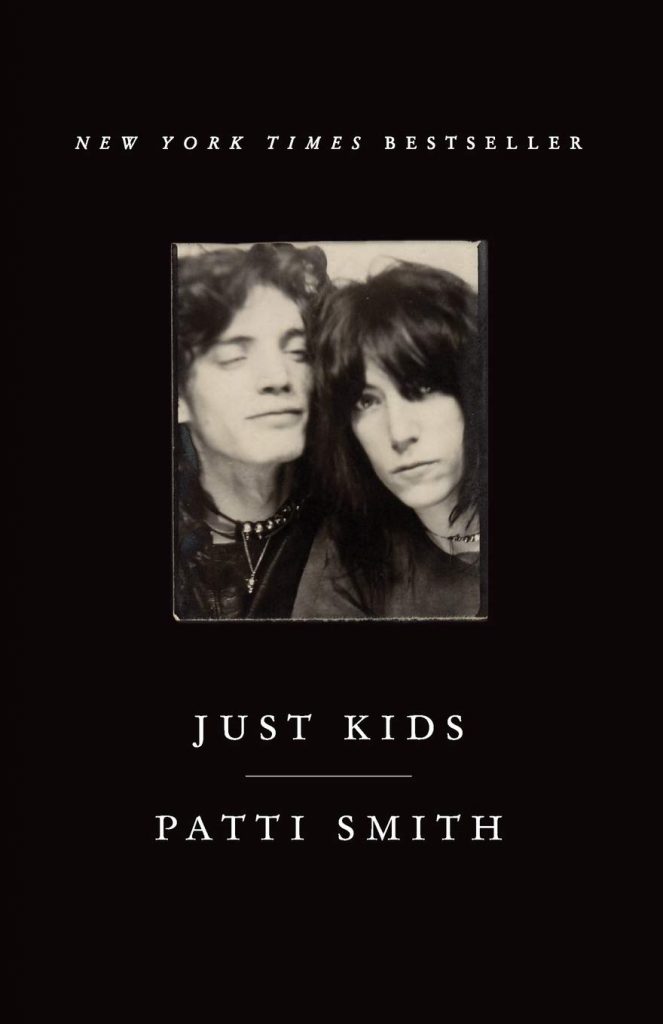
My pick is Just Kids by Patti Smith. Aside from Patti’s incredible gift of storytelling and sentimental writing, I love how she’s able to describe her intimate world with close companion Robert Mapplethorpe. While neither of them has an abundance of money or resources, they make do with what they have. I think similar to the times we’re living in right now, the importance of finding value in your immediate surroundings really comes close to home.
Philistines at the Hedgerow by Steven Gaines
Meagan Gandolfo, Cataloguer – Prints & Drawings
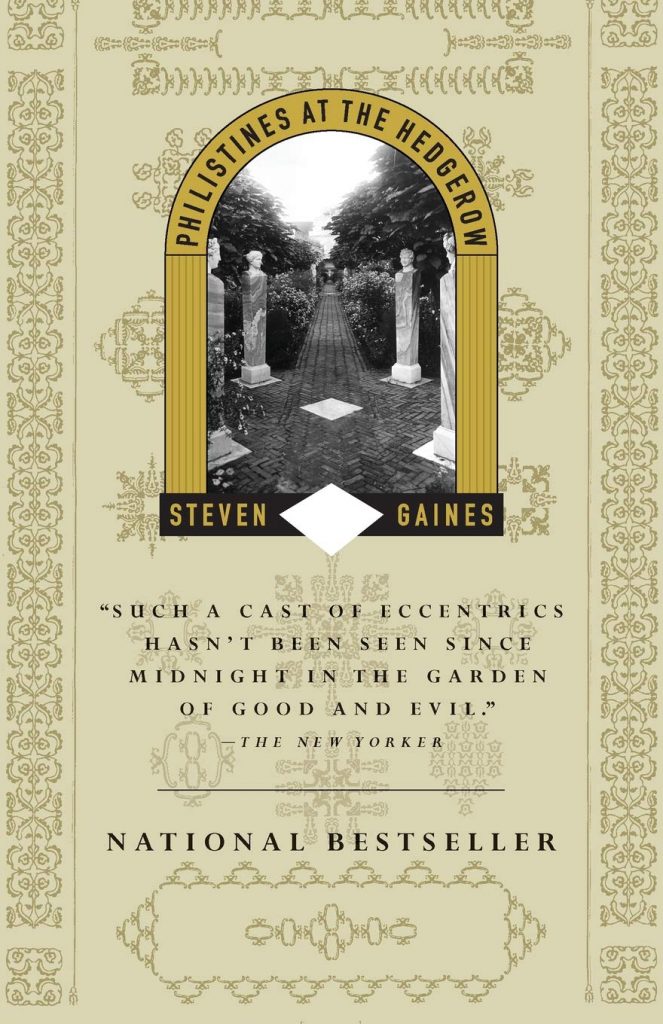
For those of us longing for the Hamptons (or gossip), Philistines at the Hedgerow tells the stories of the quirky personalities and conflicts that inhabited the area through generations. Famous architect Norman Jaffe disappears, Jackson Pollock attacks a piano with an ice pick, and Martha Stewart hits a man with her SUV while destroying a fence-line out of spite. A well-researched account with petty dramatics that the stray cats I’ve been watching from my window just can’t deliver.
Casey Cep resurrects Harper Lee’s never-written—though extensively researchedbook about a serial killer near her hometown in south Alabama in Furious Hours. Lee’s personal relationships (as well as her notorious “social distancing”), childhood, and the aftermath of “Mockingbird” are brought to light while Cep navigates through murder, rumors, voodoo, and courtroom theatrics uncovered by Lee.
Tinderbox by Robert Fieseler is an important story of tragedy and heartening liberation that should never be erased from public memory. Fieseler documents the events surrounding the targeted arson of a queer bar in New Orleans in 1973. It is an emotional book, but through the horror, the frustration at injustices turns into activism and hope. Engaging profiles and a thorough history are reminders of how far the civil rights movement has come and how much farther it can go.
Please Kill Me: The Uncensored Oral History of Punk by Legs McNeil and Gillian McCain
Laura Polucha, Cataloguer – Illustration Art
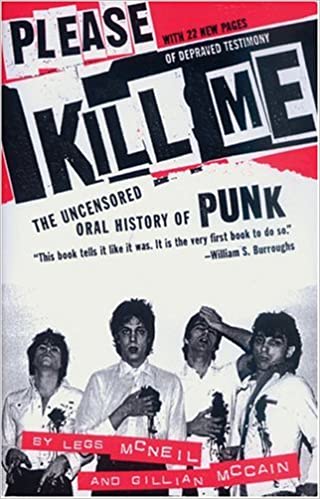
As a punk fan, this book has been on my radar for years, but visits to two museum exhibitions covering the movement last year (Too Fast to Live, Too Young to Die: Punk Graphics, 1976-1986 at the Museum of Art and Design and Punk Lust: Raw Provocation, 1971-1985 at the Museum of Sex) inspired me to push it to the top of my admittedly large “to be read” pile. Delightfully gossipy and disturbingly wild, this is a fascinating overview of the infamous world of New York punk told by those who lived it. Reader beware: fans looking for in-depth insight into California bands like Dead Kennedys or Rancid and British punk like The Clash or Sex Pistols should seek their histories elsewhere. This book is decidedly centered on the New York scene around figures like Iggy Pop, Lou Reed, Nico, and The Ramones.
What the Dog Saw by Malcolm Gladwell
Devon Eastland, Senior Specialist – Early Printed Books
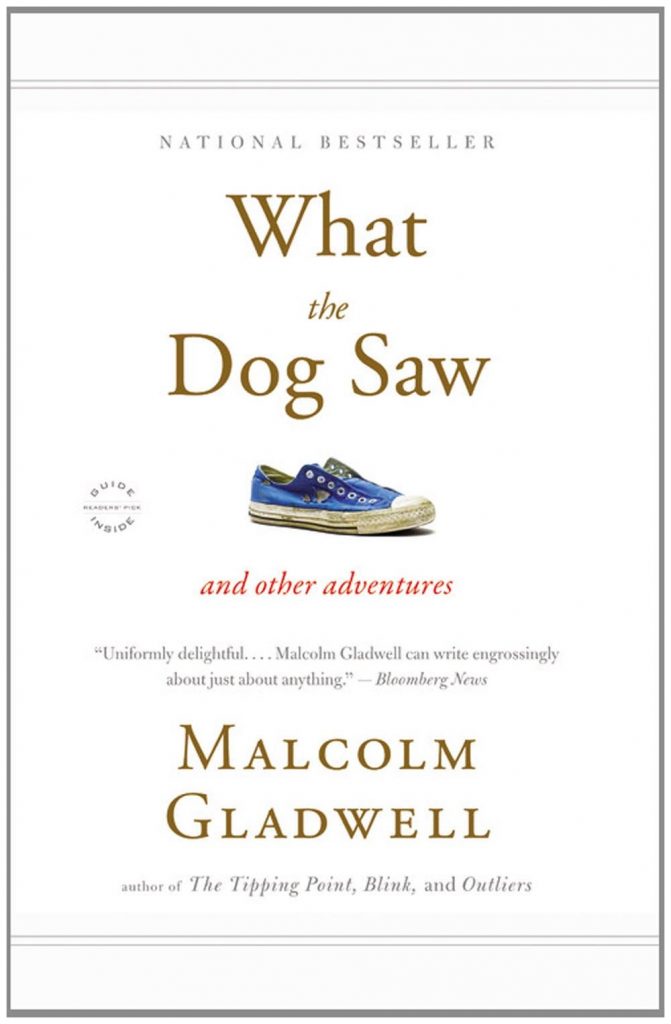
I’m reading Malcolm Gladwell’s What the Dog Saw. I have been a big fan for years and enjoy his journalistic approach and often shockingly counterintuitive insights and observations. This particular work is a compilation of pieces originally published in the New Yorker over a decade or so. The title is derived from an essay on Cesar Milan, the dog whisperer, which I’m really looking forward to reading. Gladwell reminds me a bit of Stephen Jay Gould, whose wonderful essays appeared in Natural History magazine. For years I’ve really enjoyed reading compilations of these essays published in book form, including The Panda’s Thumb, The Flamingo’s Smile, and others. I admire both writers’ ability to write well, inform and amuse on complicated topics.
Why Jazz Happened by Marc Myers
Christine von der Linn, Director – Illustration Art
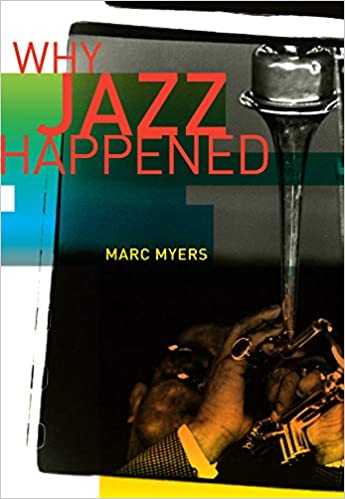
I love that this time at home has given me the opportunity to catch up on industry publications, blogs, and museum and archive web pages to dive really deep into areas of illustration art that have fascinated me or that I want to explore. But as for books, I’m reading Why Jazz Happened by Marc Myers. From the moment I read E.B. White’s The Trumpet of the Swan when I was 12 years old, I was hooked on jazz. I was the one nerd girl with braces and zits playing the cornet in the school band. Time home has allowed me to read this terrific social history of post-war jazz styles and how they were shaped by events and trends such as strikes, the GI Bill, the Civil Rights movement, and the rapid rise of digital technology.
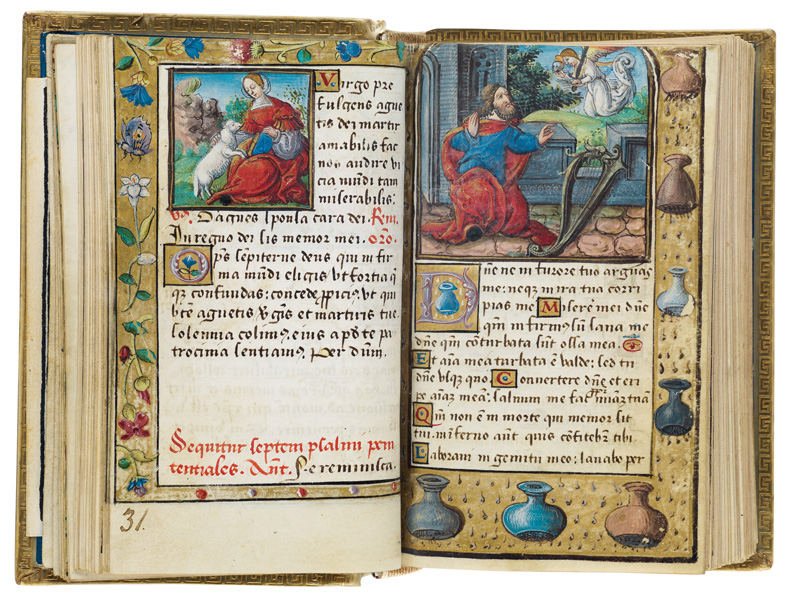
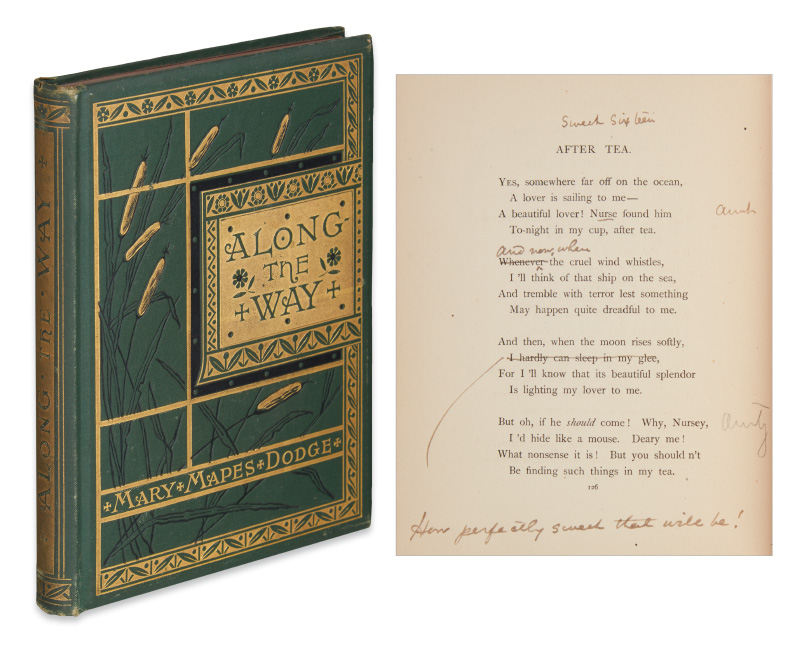
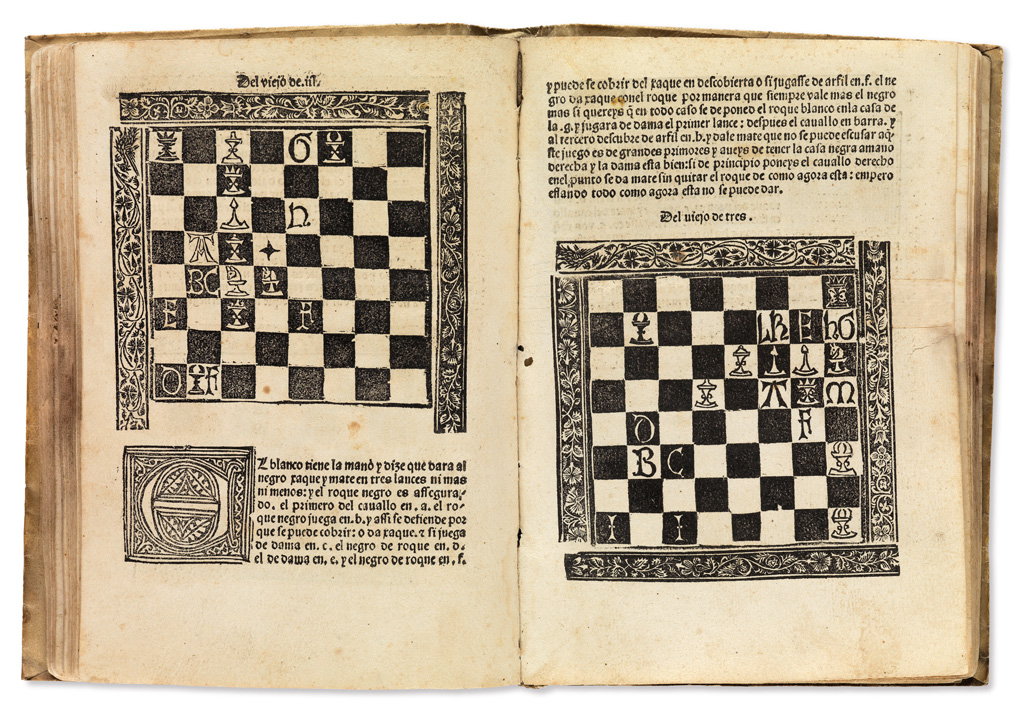








![Grace Meschery-McCormack shares about two copies of Fernando de Rojas’s ‘La Célestine,’ including a limited edition copy illustrated by Pablo Picasso.
At auction April 22. Learn more about the works at the link in our bio.
#Rarebooks #rarebookdealer #antiquarianbooks #auctions
_______________________________________
Music Credit:
Schubert - Piano Quintet in A major ‘The Trout’, D. 667 - IV. Andantino – Allegretto
Music provided by Classical Music Copyright Free on Youtube [https://tinyurl.com/visit-cmcf]
Watch: • Schubert - Piano Quintet in A major ‘...]](https://scontent-iad3-1.cdninstagram.com/v/t51.75761-15/491443494_18499096345036585_5935932878956098058_n.jpg?stp=dst-jpg_e35_tt6&_nc_cat=107&ccb=1-7&_nc_sid=18de74&_nc_ohc=PkkgV2ztsQIQ7kNvwEDCz0Y&_nc_oc=Adl3b2Joa3oMYe0KOe2BxPzZCRTEJIkNg76WoIsk3T2zNdnQ9wTCP8aaOTLCx9PcHBA&_nc_zt=23&_nc_ht=scontent-iad3-1.cdninstagram.com&edm=AM6HXa8EAAAA&_nc_gid=94xJ2FkLwciP9IkxCR4dhA&oh=00_AfE3BxWAWHirHKKyHHG7IeuJ76VtxHUkCcdVO7tqnhCRwA&oe=6814F811)






